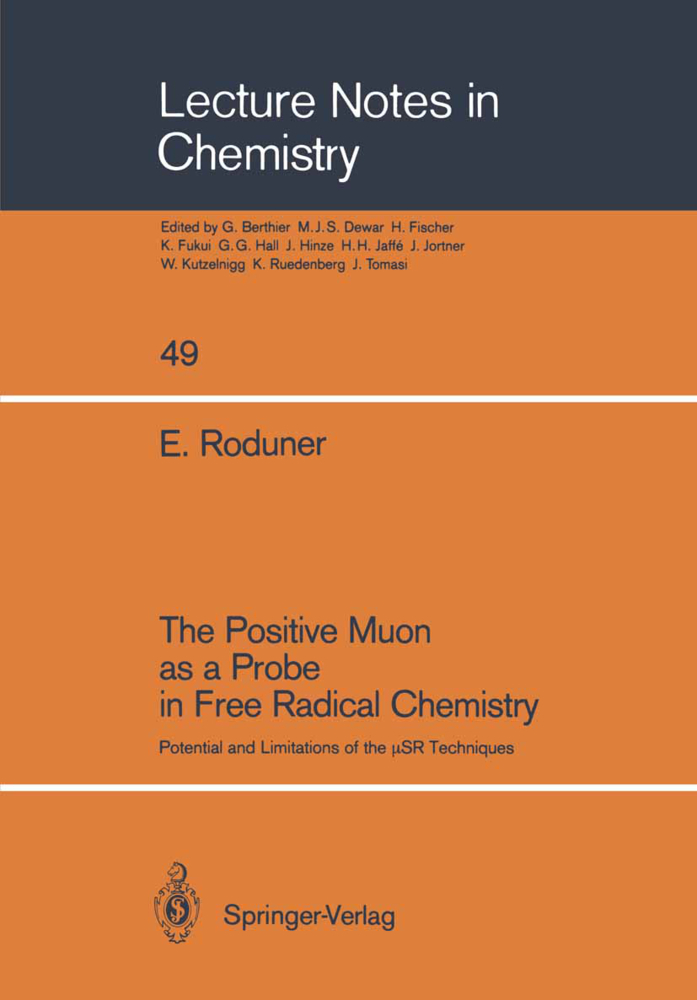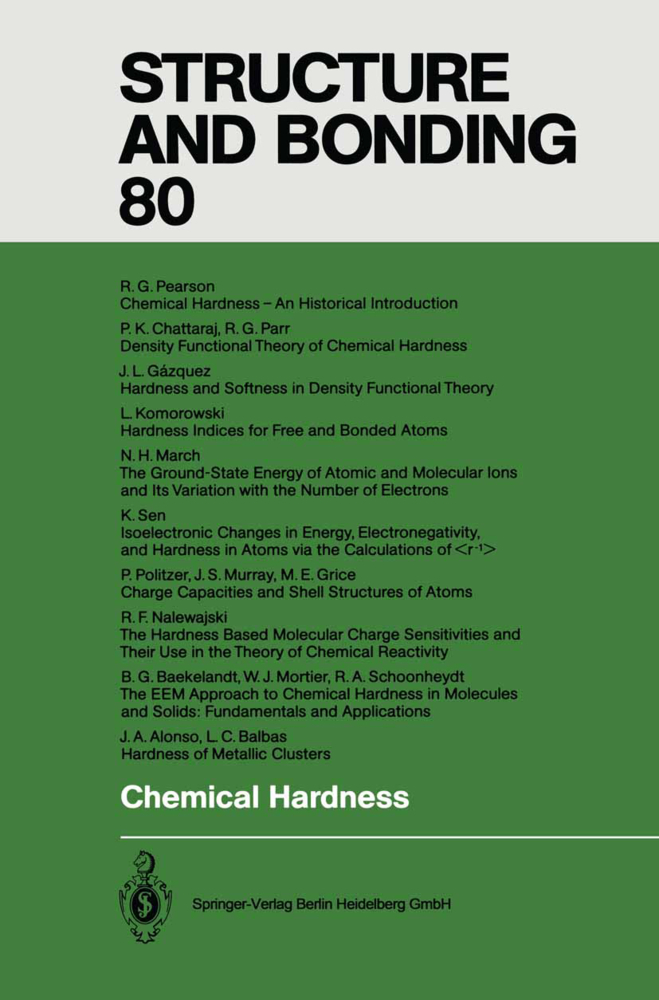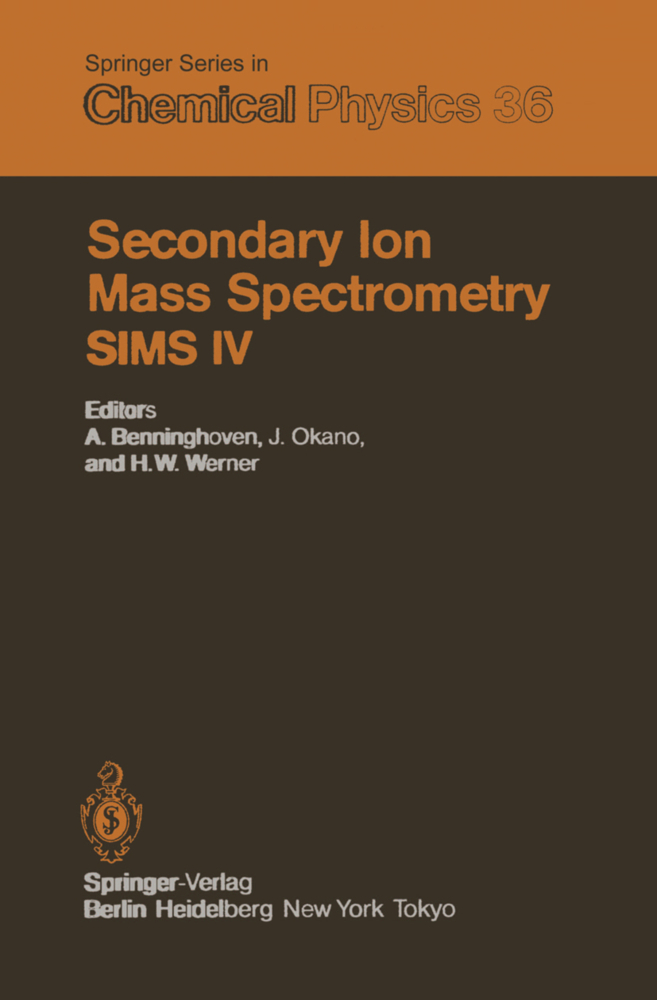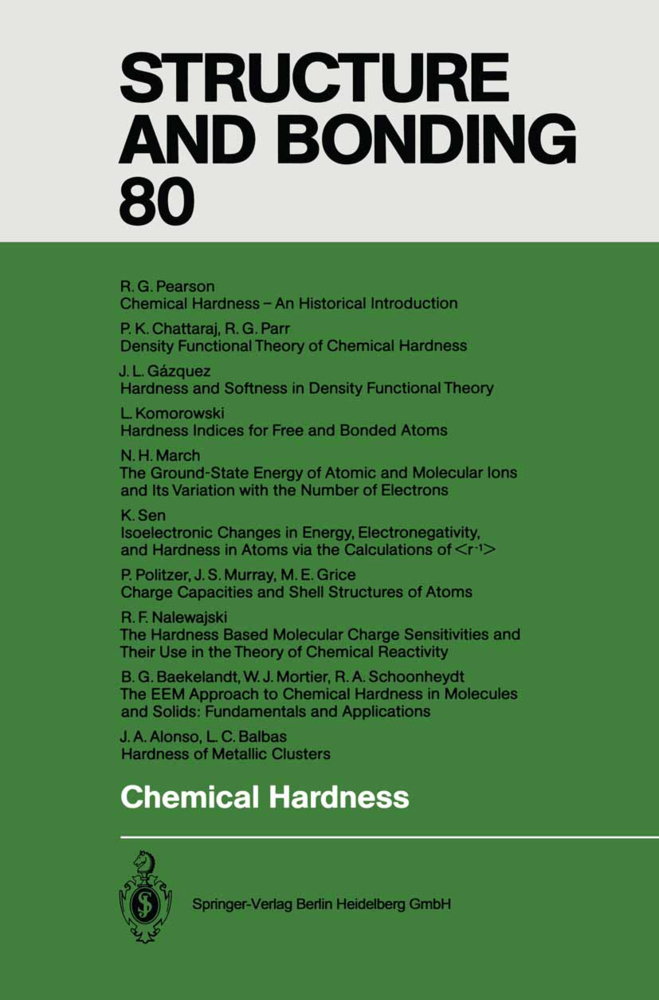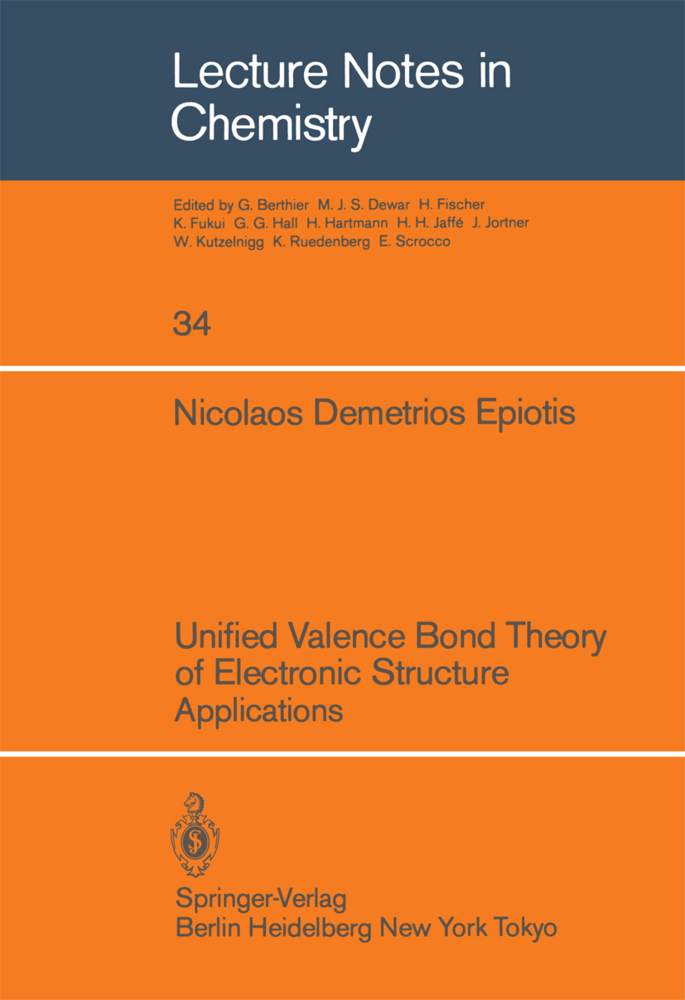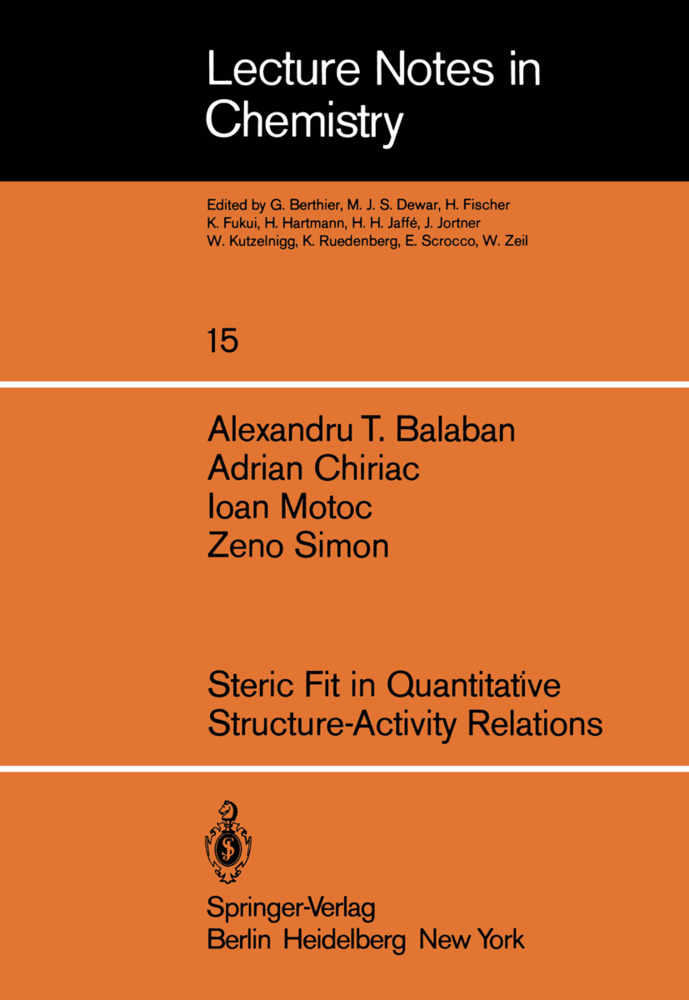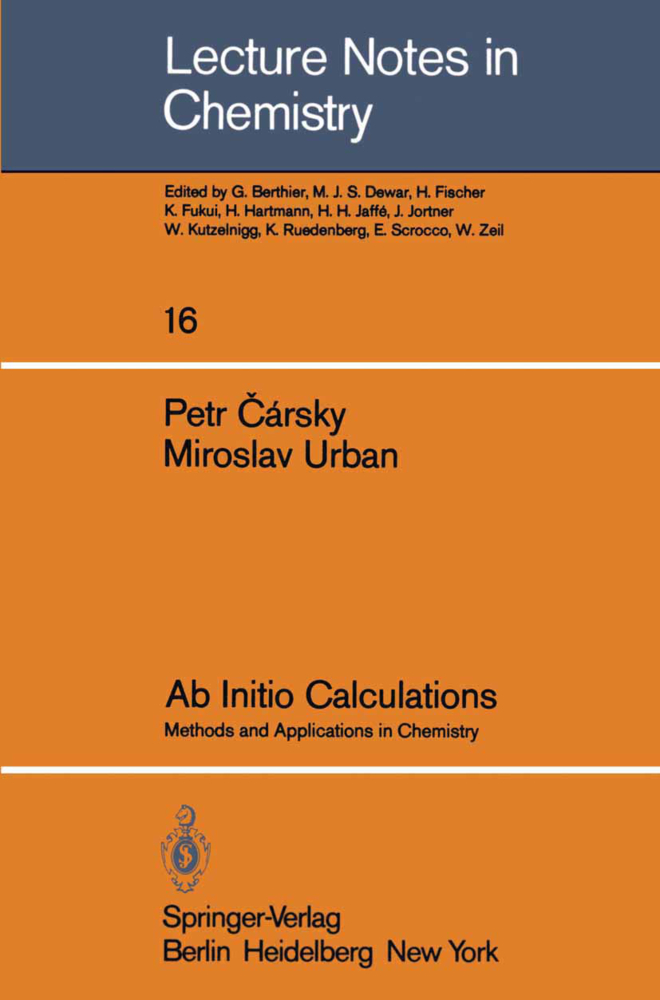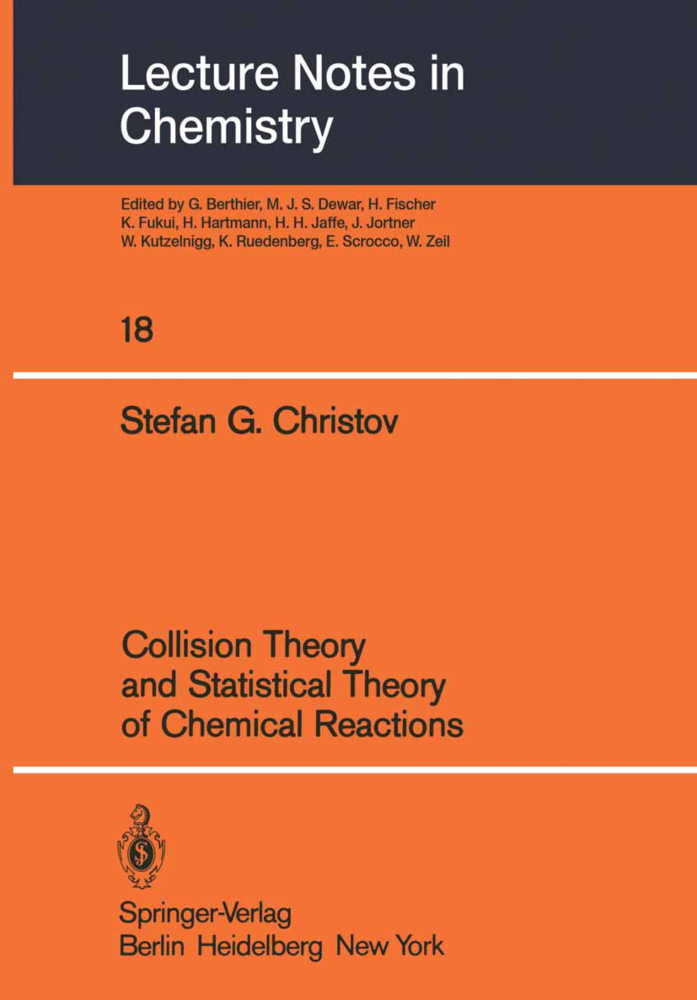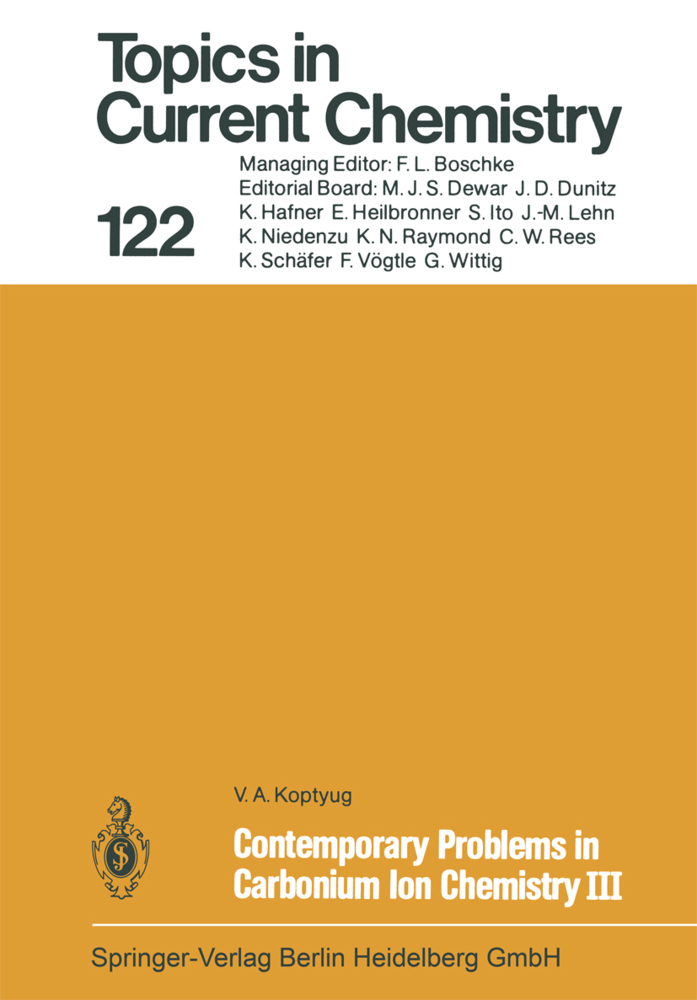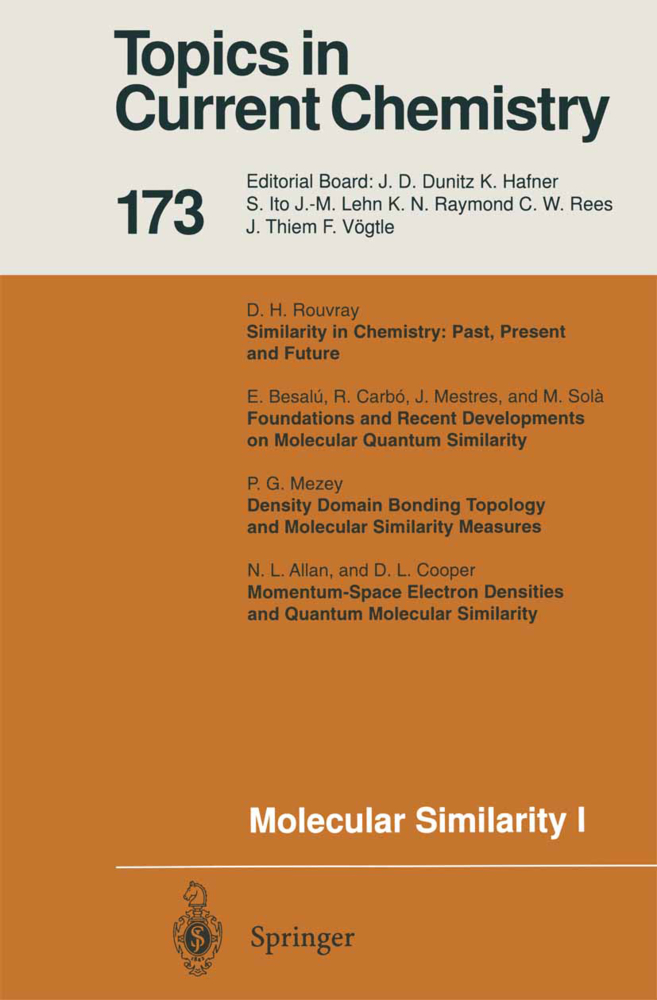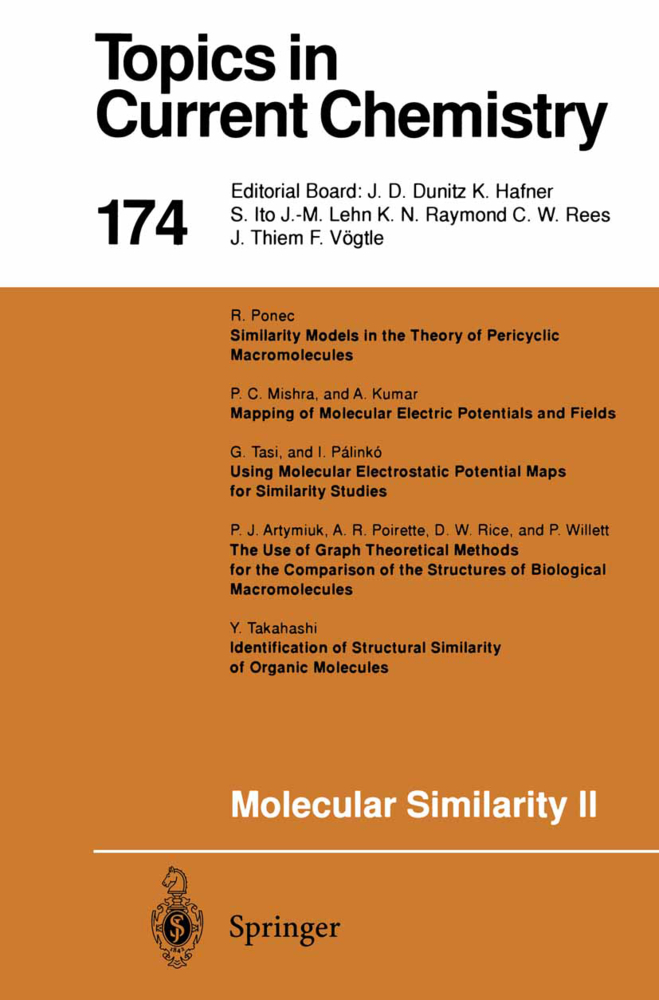The Positive Muon as a Probe in Free Radical Chemistry
Potential and Limitations of the miSR Techniques
The Positive Muon as a Probe in Free Radical Chemistry
Potential and Limitations of the miSR Techniques
The work presented here is a result of an extended collaboration with a number of coworkers and guests. Particularly, I would like to thank Dr. P. Burkhard and Dr. W. Strub for their careful work performed for their Ph. D. thesis and Dr. M. Heming for his brilliant ideas and his dedication. Very fruitful and stimulating were collaborations with our guests, i. e. with G. A. Brinkman and P. W. F. Louwrier from NIKHEF-K in Amsterdam, B. C. Webster, M. J. Ramos and D. McKenna from the University of Glasgow, M. C. R. Symons, D. Geeson and C. J. Rhodes from the University of Leicester, S. F. J. Cox and C. A. Scott from the Rutherford Appleton Laboratory in Chilton, and R. De Renzi and M. Ricco from the University of Parma. Many invaluable discussions with friends and competitors in the field helped to address new viewpoints and to define new goals. I shall not forget my teacher and director of the radical chemistry group, Prof. H. Fischer, whom I wish to thank for his interest and active support and for the great liberty he allowed me for the planning and organization of the project. Last but not least, I thank my dear wife Hanny and our children Christian, Martin and Andrea who suffered, without complaint, daddy's absence for so many hours.
1.2 History and properties of the muon and its bound states
1.3 The muon as a probe in matter
2 Experiments employing muons
2.1 Muon production and decay
2.2 The ?SR techniques
2.3 Analysis and interpretation of the data
3 Theory
3.1 Hamiltonians, eigenvectors and energies
3.2 Evolution of spin polarization
4 The cyclohexadienyl radical
4.1 Observation in the liquid phase
4.2 Observation in other phases
4.3 Structure and hyperfine couplings
5 Substituent effects on hyperfine coupling constants
5.1 Monosubstituted radicals
5.2 Comparison with data for benzyl
5.3 Polysubstituted radicals
6 The process of radical formation
6.1 Routes to the cyclohexadienyl radical
6.2 Radical formation in cyclohexane solution
6.3 Selectivity in mixtures of benzene and dimethylbutadiene
6.4 Scavenging experiments
7 Distribution of muons in substituted benzenes
7.1 Monosubstituted benzenes
7.2 Polysubstituted benzenes
8 Radical reactions
8.1 Secondary isotope effects
8.2 Electron transfer reactions
8.3 Abstraction reactions
8.4 Spin exchange reactions
8.5 Transfer of bound Mu, an example for a primary kinetic isotope effect
9 Summary and review
9.1 Objective
9.2 The requirements for the observation of muonated radicals
9.3 The different types of radicals observed in liquids
9.4 Observations in other phases
9.5 Investigation of isotope effects
9.6 Investigation of early events
9.7 Investigation of radical kinetics
9.8 Conclusion.
1 Introduction
1.1 Motivation1.2 History and properties of the muon and its bound states
1.3 The muon as a probe in matter
2 Experiments employing muons
2.1 Muon production and decay
2.2 The ?SR techniques
2.3 Analysis and interpretation of the data
3 Theory
3.1 Hamiltonians, eigenvectors and energies
3.2 Evolution of spin polarization
4 The cyclohexadienyl radical
4.1 Observation in the liquid phase
4.2 Observation in other phases
4.3 Structure and hyperfine couplings
5 Substituent effects on hyperfine coupling constants
5.1 Monosubstituted radicals
5.2 Comparison with data for benzyl
5.3 Polysubstituted radicals
6 The process of radical formation
6.1 Routes to the cyclohexadienyl radical
6.2 Radical formation in cyclohexane solution
6.3 Selectivity in mixtures of benzene and dimethylbutadiene
6.4 Scavenging experiments
7 Distribution of muons in substituted benzenes
7.1 Monosubstituted benzenes
7.2 Polysubstituted benzenes
8 Radical reactions
8.1 Secondary isotope effects
8.2 Electron transfer reactions
8.3 Abstraction reactions
8.4 Spin exchange reactions
8.5 Transfer of bound Mu, an example for a primary kinetic isotope effect
9 Summary and review
9.1 Objective
9.2 The requirements for the observation of muonated radicals
9.3 The different types of radicals observed in liquids
9.4 Observations in other phases
9.5 Investigation of isotope effects
9.6 Investigation of early events
9.7 Investigation of radical kinetics
9.8 Conclusion.
Roduner, Emil
| ISBN | 978-3-540-50021-6 |
|---|---|
| Artikelnummer | 9783540500216 |
| Medientyp | Buch |
| Copyrightjahr | 1988 |
| Verlag | Springer, Berlin |
| Umfang | VII, 104 Seiten |
| Abbildungen | VII, 104 p. 1 illus. |
| Sprache | Englisch |

